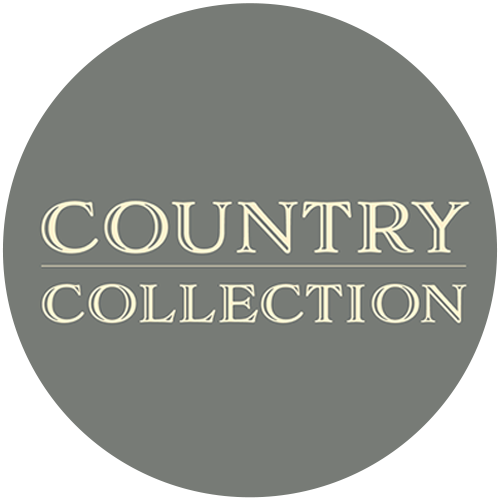19 Types of Wool: The Ultimate Guide

When it comes to comfort, warmth, and style, wool has long been a staple in wardrobes across the globe. But did you know that not all wool is created equal? From luxurious cashmere to everyday sheep's wool, each type brings its unique characteristics and benefits.
In this guide, we’ll explore the fascinating world of wool, breaking down its types, uses, and what makes each variety so special. Ready to cosy up? Let’s dive into the world of wool!
Summary
What is Wool?
Wool is a natural fibre obtained from the fleece of animals, primarily sheep, but also goats, alpacas, llamas, and more. Wool’s natural properties make it a fantastic insulator, keeping you warm by trapping air and regulating temperature.
It’s also moisture-wicking, meaning it draws sweat away from your skin, making it ideal for all kinds of climates. Wool has been used for thousands of years for clothing, textiles, and home furnishings, thanks to its incredible durability and versatility.
There are also countless other materials that can be used in the same way as wool. To find out more about these, read our blog 19 Types of Yarn: The Ultimate Guide.
Luxury Wools
If you’re after the finer things in life, luxury wools are where to start. These wools come from animals that produce incredibly soft and delicate fibres, often with a price tag to match.
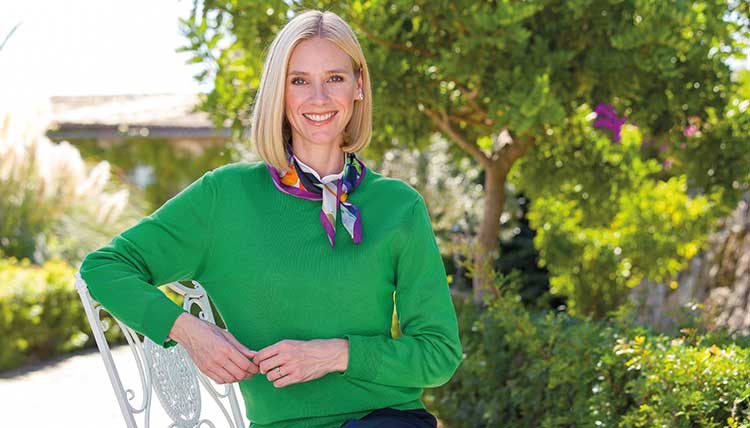
Merino Wool
Merino wool is one of the finest and softest types of wool available, sourced from Merino sheep, primarily found in Australia and New Zealand. This wool is beloved for its thin fibres, making it smooth and gentle on the skin.
It’s breathable and moisture-wicking, so it's great for both cold and warm climates. Merino wool is also naturally antimicrobial, meaning it resists odours, which makes it perfect for activewear and layering pieces.
Did you know? Merino wool is famous for being incredibly fine and soft, with fibres thinner than human hair, allowing you to wear it directly on your skin without any irritation.
If you want to find out more about merino wool's amazing natural benefits, read our blog 7 Reasons Why We Love Merino Wool and You Should Too!
Cashmere Wool
Cashmere wool is sourced from the undercoat of Cashmere goats, native to the Himalayan regions. This wool is known for its feather-light texture and remarkable warmth.
Cashmere fibres are finer, smoother, and more insulating than other types of wool, making it an ultimate luxury material. While it’s softer than regular wool, cashmere also requires delicate care to ensure longevity, often used for scarves, sweaters, and blankets.
Did you know? Cashmere wool is about eight times warmer than sheep wool, despite being incredibly lightweight, making it one of the most coveted types of wool in the world.
Vicuna Wool
Vicuna wool comes from the vicuña, a small relative of the llama found in the Andes Mountains. This wool is incredibly rare because the animals can only be sheared once every three years, making vicuna wool one of the most expensive and luxurious wools in the world.
The fibres are extremely soft, silky, and lightweight, yet incredibly warm, often used in high-end fashion garments and accessories.
Did you know? Vicuna wool is so luxurious and rare that it was once reserved exclusively for Incan royalty.
Specialty Animal Wools
Speciality wools are known for their unique properties and often come from animals not traditionally associated with wool production.

Alpaca Wool
Alpaca wool comes from the fleece of alpacas, which are native to the Andes Mountains in South America. Alpaca fibres are known for their silky texture, warmth, and lightweight nature.
Unlike sheep wool, alpaca fibres contain no lanolin, making them hypoallergenic. Alpaca wool is often used in scarves, sweaters, and blankets, offering warmth without the weight.
Did you know? Alpaca wool is naturally water-resistant and comes in more than 22 natural colours, offering a wider variety of shades than any other wool.
Angora Wool
Angora wool is harvested from Angora rabbits, known for their incredibly fine and soft coats. This wool is lighter and softer than most other wools, and it has a characteristic “halo” effect that gives it a fluffy appearance.
Angora wool is often blended with other fibres to increase its strength and durability, as it is quite delicate on its own. Angora garments are prized for their softness and warmth but require gentle care due to the delicate nature of the fibres.
Did you know? Angora wool is one of the softest wools available, but it’s also one of the warmest, offering excellent insulation despite its lightweight.
Mohair Wool
Mohair wool is produced from the fleece of Angora goats, not to be confused with Angora rabbits. This wool is known for its luster and sheen, making it popular in high-end fashion.
Mohair is durable, resistant to wrinkles, and has excellent insulating properties, keeping you warm in winter and cool in summer. It’s often blended with other fibres to add strength and a glossy finish.
Did you know? Mohair wool can be dyed to vibrant colours and has a natural shine, often referred to as the "diamond fibre" in the textile world.
Other Types of Wool
There are countless other wools, each with its charm. These types are commonly used in clothing, home textiles, and crafting.

Sheep Wool
Sheep wool is the most common type of wool and comes from a variety of sheep breeds around the world.
It’s known for its warmth, breathability, and versatility, making it perfect for everything from sweaters to carpets. Sheep wool is also naturally flame-resistant, adding a layer of safety to clothing and home textiles.
Did you know? The average sheep can produce between 2 and 30 pounds of wool per year, depending on the breed.
Llama Wool
Llama wool is lighter and softer than sheep wool, and it is often considered hypoallergenic due to its lower lanolin content.
The fibres are hollow, making llama wool lightweight yet exceptionally warm. It’s also water-resistant, making it ideal for outerwear and blankets.
Did you know? Llama wool is prized for its strength, with fibres that are almost as durable as sheep wool, yet much softer and lighter.
Boiled Wool
Boiled wool is created by treating wool fabric with hot water and pressure, which causes the fibres to shrink and mat together, forming a dense material.
This process results in a fabric that’s thick, warm, and durable, often used for jackets, coats, and slippers. Boiled wool is naturally water-resistant and windproof, making it perfect for outerwear.
Did you know? Boiled wool garments are traditionally worn in colder Alpine regions due to their incredible warmth and durability against the elements.
Fine Wools
Fine Wools
Fine wools are known for their softness and lightness, offering comfort and a luxurious feel for everyday wear.
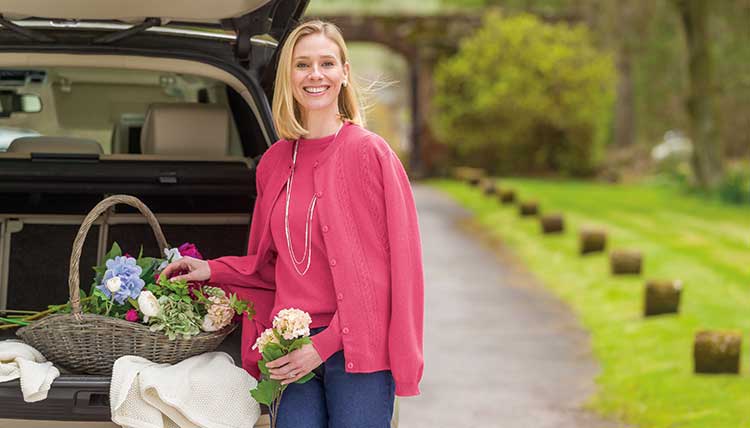
Lambswool
Lambswool comes from the first shearing of a lamb, usually when the animal is around seven months old. This wool is softer and finer than wool from older sheep, making it highly prized for its smooth texture.
It’s often used in high-quality knitwear, blankets, and scarves. Lambswool is also highly breathable and retains its shape, making it perfect for long-lasting garments.
Did you know? Lambswool is naturally hypoallergenic and more elastic than regular wool, making it one of the softest and most comfortable wool options.
Virgin Wool
Virgin wool is wool that’s been spun from the first shearing of a sheep and hasn’t been processed or reused from other garments.
Because it’s pure and untouched, virgin wool retains all its natural softness, resilience, and breathability. It’s often used in high-quality suits, knitwear, and outerwear.
Did you know? Virgin wool is known for its superior softness and insulating properties, often used in fine-quality tailoring and luxury garments.
Soft Wools
Soft wools are perfect for those who prioritize comfort. These wools offer the perfect balance between luxury and practicality, feeling smooth against the skin.

Felted Wool
Felted wool is made by matting, condensing, and pressing wool fibres together through a combination of heat, moisture, and agitation. This creates a thick, durable fabric that doesn’t fray or unravel.
Felted wool is commonly used in hats, shoes, and crafts because of its ability to be moulded and shaped easily.
Did you know? Felted wool is one of the oldest textiles known to humans, with evidence of felted wool being used as far back as 6,500 BC.
Worsted Wool
Worsted wool is made from long-staple fibres that are tightly spun and combed to create a smooth and strong fabric. It’s used primarily in making high-quality suits, trousers, and blazers due to its durability and polished appearance.
Worsted wool has an excellent drape, making it a favourite in formal wear and tailoring.
Did you know? Worsted wool’s name comes from the village of Worsted in England, where this particular spinning technique was first developed in the Middle Ages.
Dive deeper into the world of worsted wool and learn more about this versatile wool.
Sustainable and Recycled Wool
In today’s world, sustainability matters. These types of wool are both luxurious and eco-friendly, focusing on reducing waste and promoting responsible sourcing.

Recycled Wool
Recycled wool is made by reusing wool garments or leftover wool materials and converting them into new fibres.
This process reduces the demand for virgin wool, making recycled wool an eco-friendly option. It retains the warmth, softness, and durability of new wool but with a significantly lower environmental footprint.
Did you know? Recycled wool is often blended with other fibres to create textiles that are both sustainable and long-lasting, making it a great choice for eco-conscious shoppers.
Camel Wool
Camel wool comes from the soft undercoat of camels, primarily found in Mongolia and China. This wool is highly prized for its warmth, durability, and moisture-wicking properties.
It’s often used in coats, jackets, and blankets. Camel wool is also highly breathable and light, making it perfect for both cold and mild climates.
Did you know? Camel wool has been used for centuries in nomadic cultures to make clothing and tents, due to its ability to withstand extreme temperatures.
Warm Wools
Wool’s ability to trap heat makes it one of the warmest natural fibres available. These types of wool excel at keeping you cosy, even in the coldest climates.
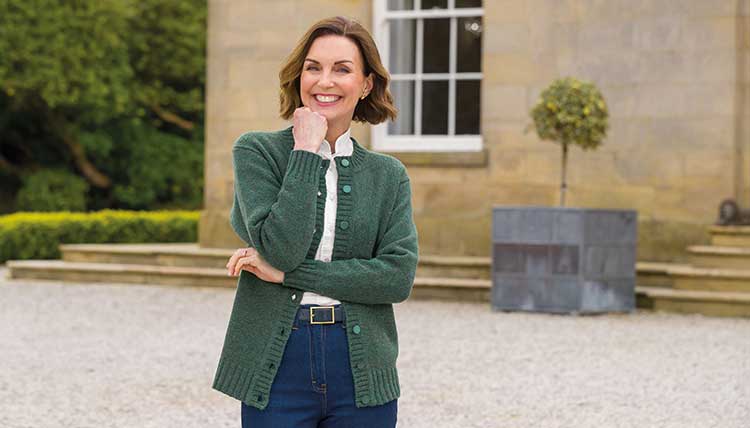
Shetland Wool
Shetland wool is harvested from the small and hardy Shetland sheep that roam the rugged Shetland Islands of Scotland.
The wool is naturally coarse and strong, but also very warm, making it ideal for heavy sweaters and outerwear. Shetland wool’s durability means it’s often used in tweeds and heavy knitwear.
Did you know? Shetland wool comes in a wide range of natural colours, including white, brown, grey, and black, allowing for beautiful, earthy knitwear without the need for dyes.
Melton Wool
Melton wool is a thick, heavy wool that has been fulled, a process that shrinks the fabric and makes it dense. This wool is wind-resistant and water-repellent, often used for high-quality coats, riding jackets, and uniforms.
Melton wool’s tight weave makes it both incredibly warm and durable, ensuring it holds up in harsh weather conditions.
Did you know? Melton wool has been traditionally used in military uniforms for centuries due to its warmth and durability, offering excellent protection against the elements.
Expensive Wools
Some wools are truly the cream of the crop, offering unmatched luxury at a price that reflects their rarity and quality.
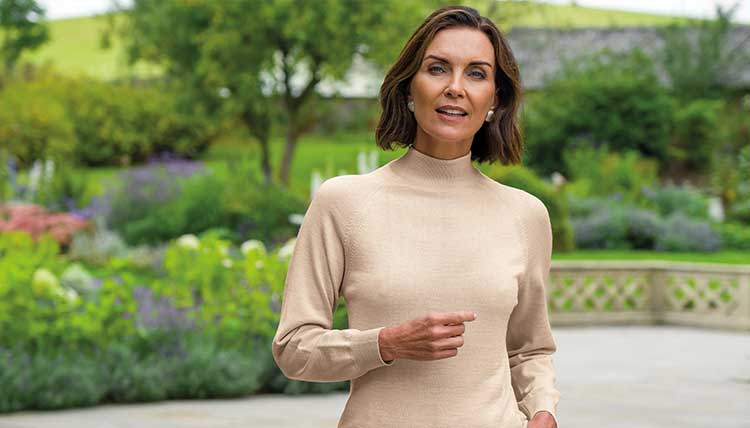
Tropical Wool
Tropical wool is designed for warmer climates, as it’s lightweight and breathable. It’s often used in summer suits and formal wear because it offers the crispness of wool without the heat.
Tropical wool is usually blended with other lightweight fibres to increase its coolness and comfort, making it perfect for those who need to stay stylish in the heat.
Did you know? Tropical wool is made with an open weave, which allows air to flow through, keeping you cool even in warm weather.
Raw Wool
Raw wool is wool that has not been processed, cleaned, or treated after being shorn from the animal. It retains all its natural oils and lanolin, which can make it softer but also slightly greasier to the touch.
Raw wool is often used in traditional crafts like felting and weaving because of its purity and natural texture.
Did you know? Raw wool, often called "greasy wool," is used by artisans who prefer working with natural, unprocessed materials for making bespoke textiles.
Wrapping Yourself in Woolly Wonder
Whether you’re on the lookout for a luxurious cashmere sweater or a sustainable, eco-friendly wool scarf, there’s a type of wool to match every need and occasion.
From the ultra-soft to incredibly warm, wool continues to be one of nature’s most versatile and enduring fibres. Next time you slip into a woollen piece, you’ll know exactly where it came from—and maybe even have a fun fact to share!
If you would like to continue learning more about wool and yarns, then be sure to read our Comprehensive Guide on Wool and Yarn All You Need to Know.





































